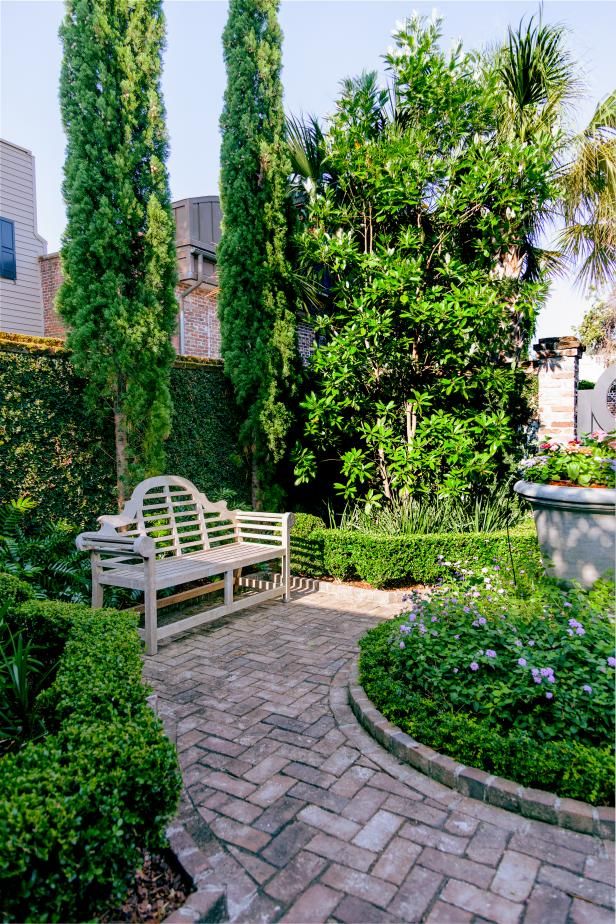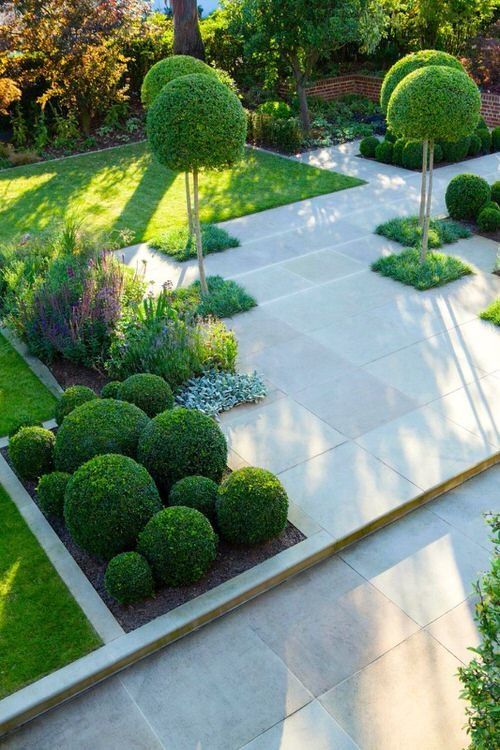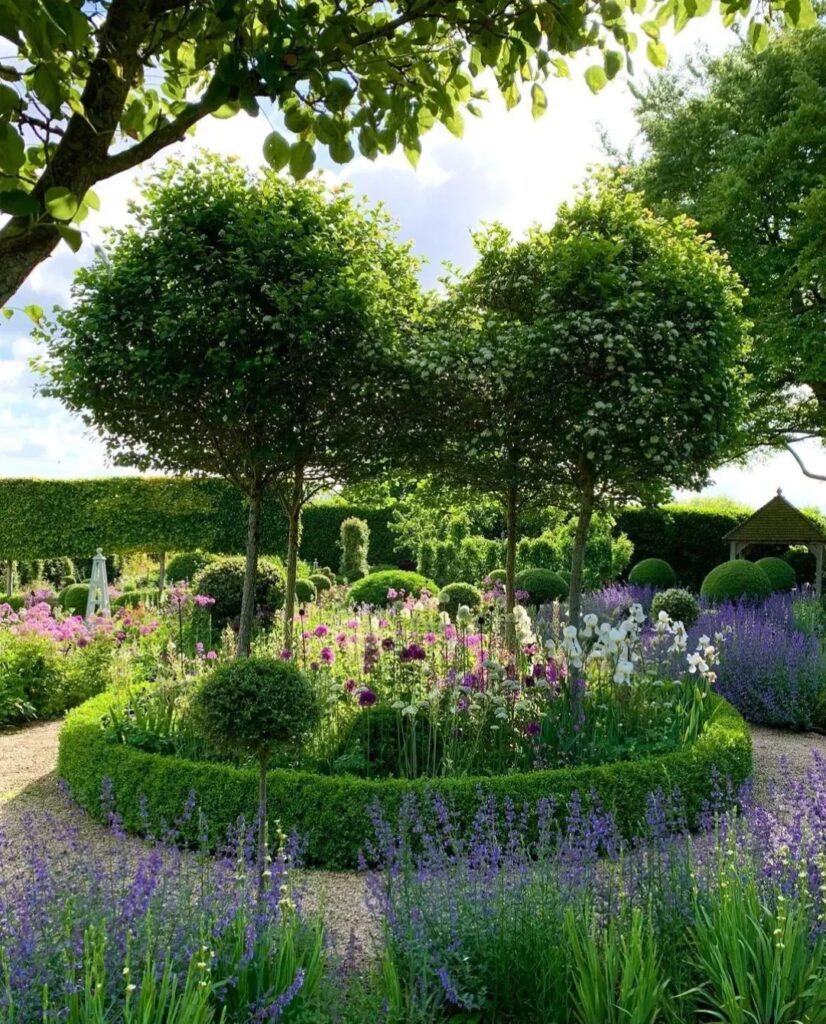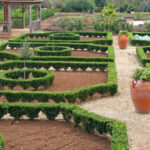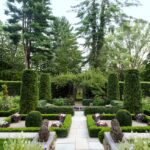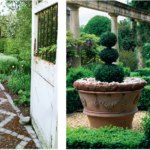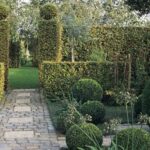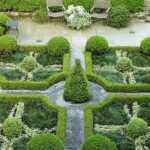Formal garden design is a timeless and sophisticated style that dates back to the Renaissance period in Europe. Characterized by symmetrical layouts, geometric patterns, and carefully manicured plants, formal gardens exude elegance and grace. This design approach creates a sense of order and harmony, making it a popular choice for many homeowners and landscape architects.
One key element of formal garden design is the use of straight lines and strict geometry. This can be seen in the layout of pathways, hedges, and flower beds, all of which are carefully planned and executed to create a uniform and balanced look. The symmetry in formal gardens is often achieved through the use of mirror images, where one side of the garden is a reflection of the other. This creates a sense of structure and organization that is pleasing to the eye.
Another hallmark of formal garden design is the use of formal elements such as topiaries, clipped hedges, and meticulously maintained lawns. These elements require regular maintenance and care to uphold their crisp and manicured appearance. Topiaries, for example, are carefully pruned into geometric shapes or intricate designs, adding a touch of artistry and sophistication to the garden. Clipped hedges are often used to create boundaries and define spaces within the garden, enhancing the overall structure and order.
In addition to plants and hardscape elements, formal gardens often feature decorative elements such as fountains, statues, and ornamental structures. These features add a touch of grandeur and elegance to the garden, further enhancing its formal and classical appeal. Fountains, in particular, are a popular choice for formal gardens, as they provide a focal point and create a sense of tranquility and serenity.
When designing a formal garden, it is important to carefully consider the scale and proportion of the elements within the space. Balance is key in formal garden design, with each element working in harmony to create a cohesive and visually appealing composition. The use of symmetry, repetition, and unity helps to create a sense of order and balance in the garden, resulting in a space that is pleasing to the eye and inviting to the senses.
Overall, formal garden design is a timeless and classic style that exudes elegance and sophistication. With its emphasis on symmetry, geometry, and carefully manicured plants, formal gardens create a sense of order and harmony that is both visually stunning and emotionally satisfying. Whether you are looking to create a formal garden for your own enjoyment or as a showcase for guests, this design approach is sure to impress and inspire.
 yishifashion Where Outdoor Dreams Become Reality
yishifashion Where Outdoor Dreams Become Reality
